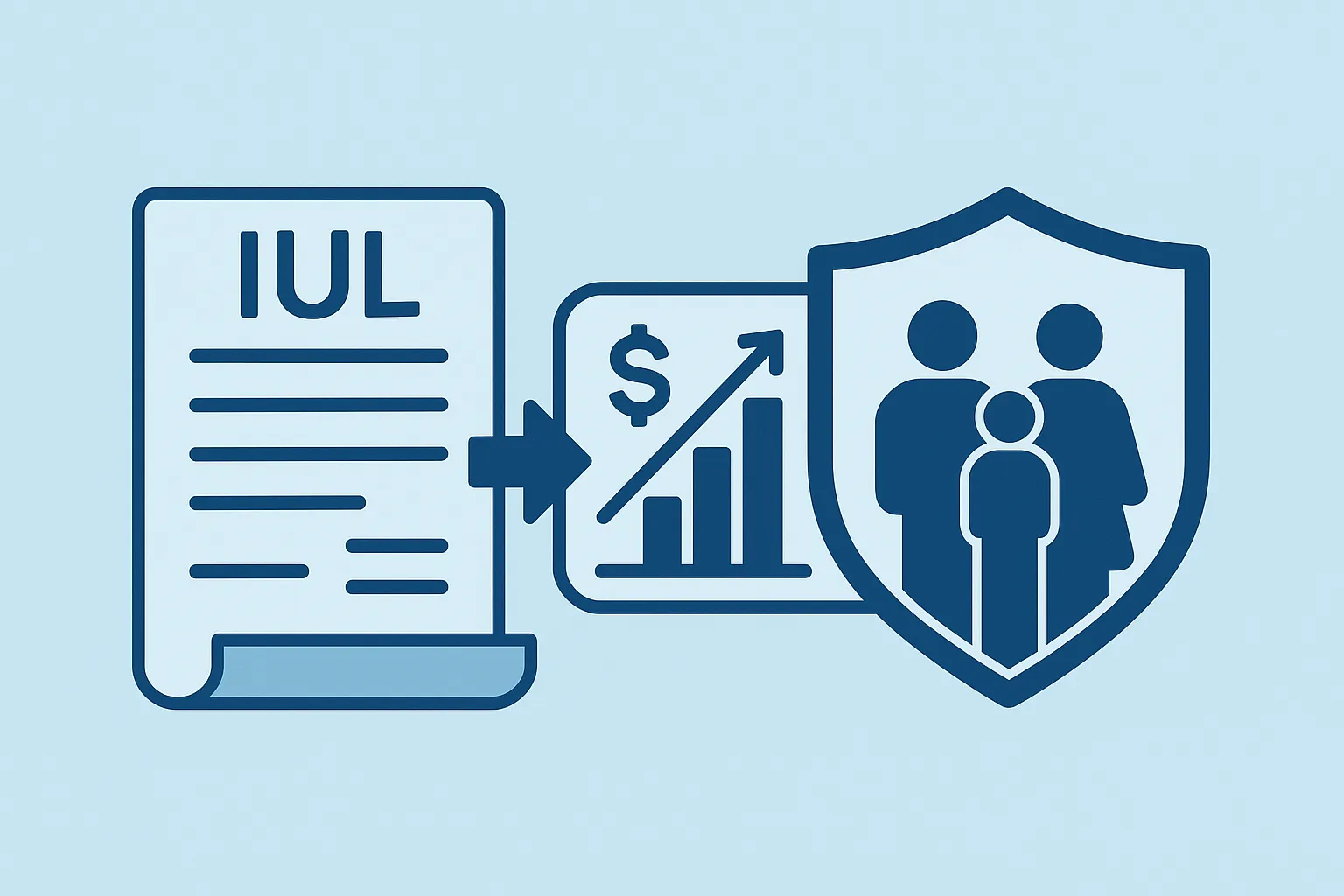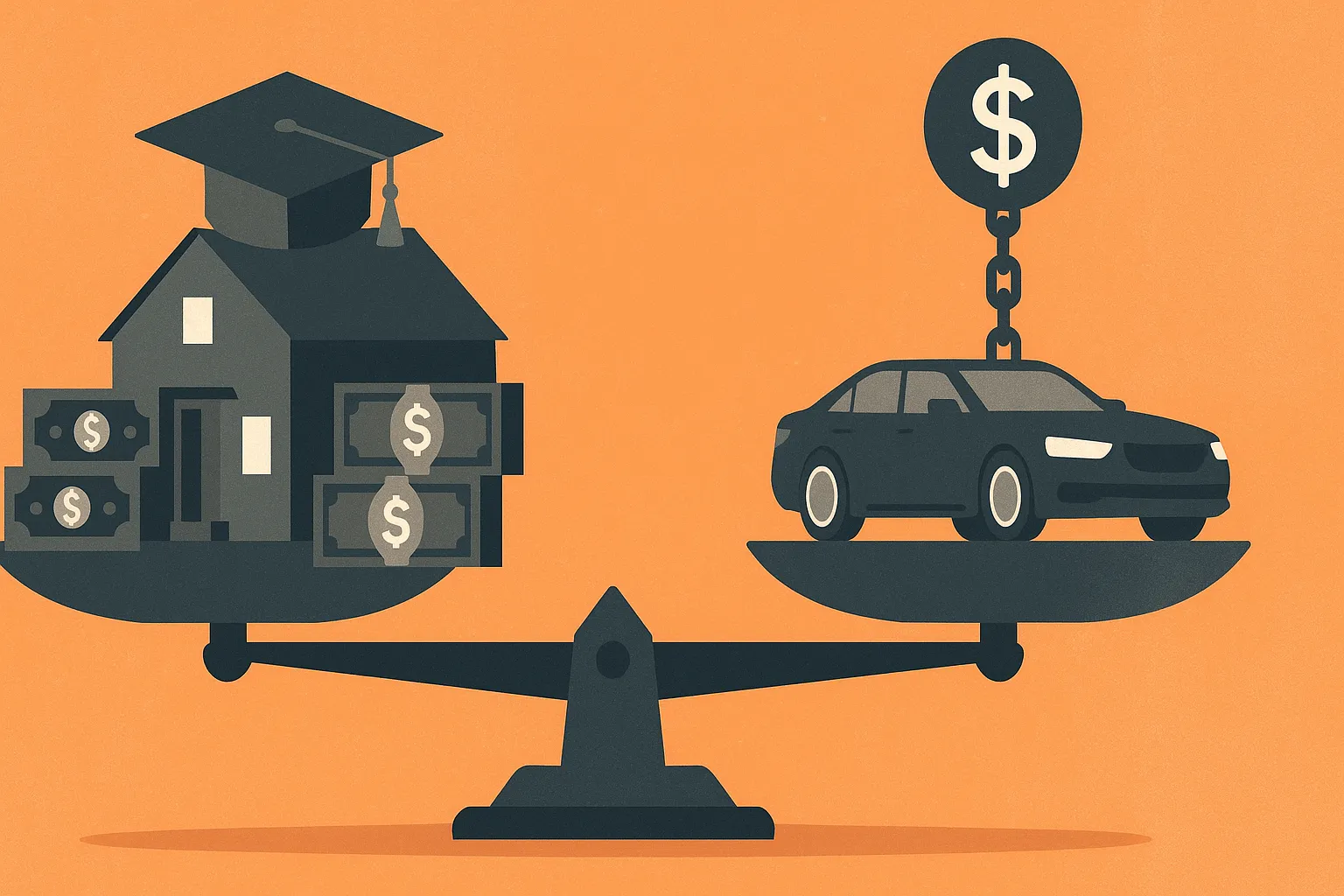How Much Money Should I Save in Grad School?

Grad school is full of opportunities, but let’s be real—it can be financially challenging. Between tuition, living costs, and trying to save, it’s easy to feel overwhelmed. The good news? With a bit of planning, you can manage your finances and even set some money aside. Let’s break it down together so you can navigate grad school with confidence, peace of mind, and improved well-being.
Key Takeaways
- Savings goals during grad school depend on your unique situation, but every little bit helps.
- Budgeting is key to juggling tuition, living expenses, and savings.
- Smart financial planning, like building an emergency fund or exploring part-time work, can make life easier.
- Financial stability can positively impact mental health, reducing stress during a busy academic journey.
Why Save During Grad School?
Saving money in grad school isn’t just about the future—it’s also about handling unexpected costs, reducing reliance on loans, and developing healthy financial habits. Plus, financial stability can directly contribute to better mental health by alleviating stress and anxiety.
Common Financial Challenges:
- Tuition and Fees: Scholarships or assistantships help, but tuition often takes a big chunk of your budget.
- Living Expenses: Rent, groceries, and utilities can quickly add up.
- Emergencies: Things like medical bills or car repairs can throw off your budget if you’re not prepared.
By saving regularly, you can reduce stress and focus on what matters most—your education and well-being.
Step 1: Calculate Your Monthly Expenses
Start by figuring out your essential expenses. These usually include:
- Housing: Rent or dorm costs.
- Utilities: Electricity, water, internet, and phone bills.
- Food: Groceries and the occasional takeout treat.
- Transportation: Public transit, gas, or car upkeep.
- Insurance: Health, car, and renter’s insurance.
Hypothetical Example Budget:
- Rent: $800
- Groceries: $300
- Utilities: $150
- Transportation: $100
- Miscellaneous: $150
Total Monthly Expenses: $1,500
Understanding your baseline helps you figure out how much you need to save for emergencies and future goals.
Step 2: Build an Emergency Fund
An emergency fund acts as a safety net. Aim to save at least one to three months’ worth of essential expenses. For example, if you spend $1,500 monthly, a three-month fund would be $4,500.
Tips for Building Your Fund:
- Set aside a little from every paycheck or stipend.
- Automate your savings to stay consistent.
- Consider small changes, like cooking at home or splitting rent, to free up extra cash for savings.
Step 3: Save for Long-Term Goals
Even with a tight budget, putting away a small amount for long-term goals can make a big difference. Consider:
- Student Loan Repayment: Save for early repayment to reduce interest costs.
- Retirement Savings: If your school offers a retirement plan, contribute if possible. Starting small—like $50 per month—can grow over time.
- Career Transition Fund: Savings for post-graduation can help with moving expenses, job interviews, or professional attire.
Step 4: Explore Income-Boosting Opportunities
If your budget feels too tight, consider these options to increase your income:
- Part-Time Jobs: On-campus jobs or remote gigs offer flexibility.
- Assistantships: Many graduate programs provide stipends and tuition waivers for research or teaching assistants.
- Freelancing: Use your skills to earn extra money on your own schedule.
Hypothetical Example: Emily’s Grad School Savings Plan
Scenario: Emily is studying biology and receives a $2,500 monthly stipend. Her expenses are $1,800 per month, leaving her $700 to save and spend.
- Emergency Fund: $200/month
- Loan Savings: $300/month
- Retirement Savings: $100/month
- Fun Money: $100/month
By the end of a year, Emily has $2,400 in her emergency fund and $3,600 for loans, while still enjoying a small budget for personal spending.
Additional Strategies to Save Money
Maximize Discounts
- Use student discounts for subscriptions, travel, and local services.
- Take advantage of free campus resources, like gyms or software access.
Meal Planning
- Cook meals at home to save on dining costs.
- Share meal prep duties with roommates or friends to cut down on grocery expenses.
Use Budgeting Tools
- Apps like Rocket Money or YNAB can help you track your spending and identify areas to save.
Address Loan Interest Early
- Pay interest on student loans during school to reduce the total cost over time.
How optimized is your portfolio?
PortfolioPilot is used by over 30,000 individuals in the US & Canada to analyze their portfolios of over $30 billion1. Discover your portfolio score now:






